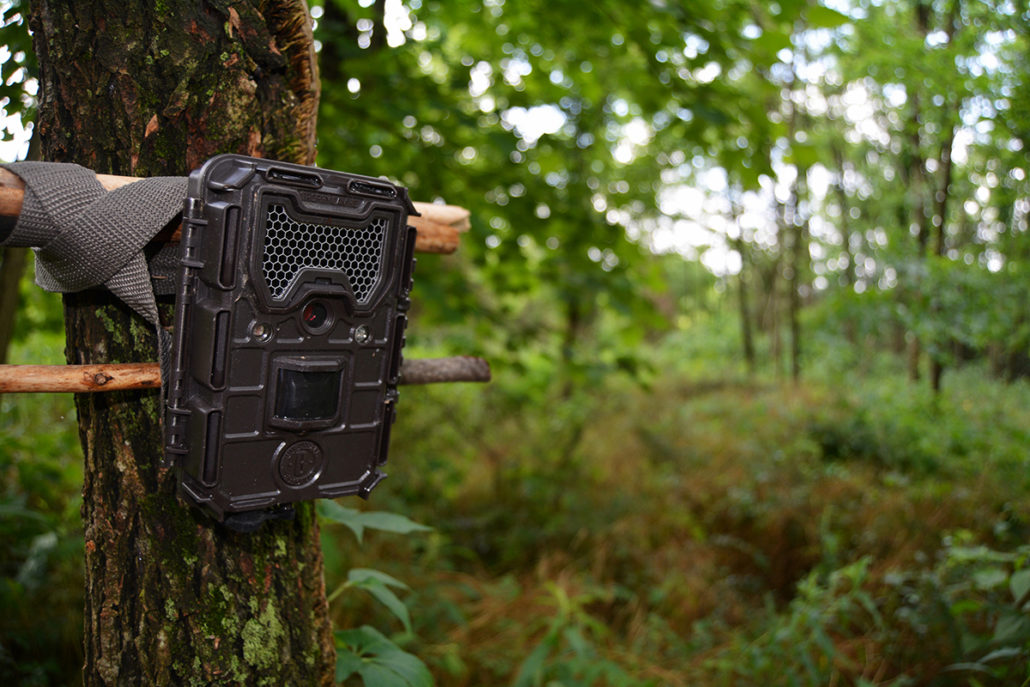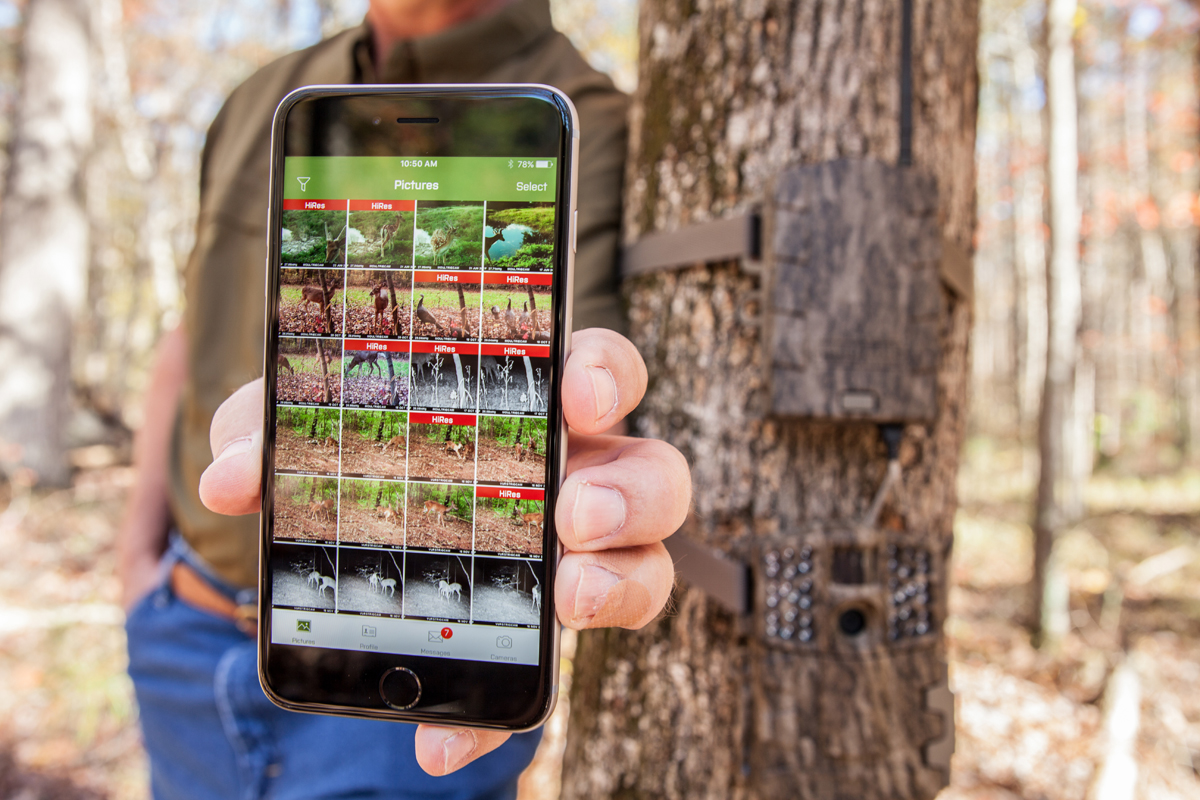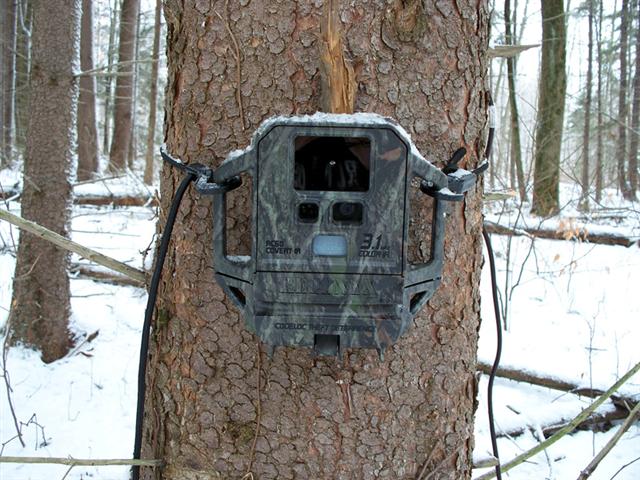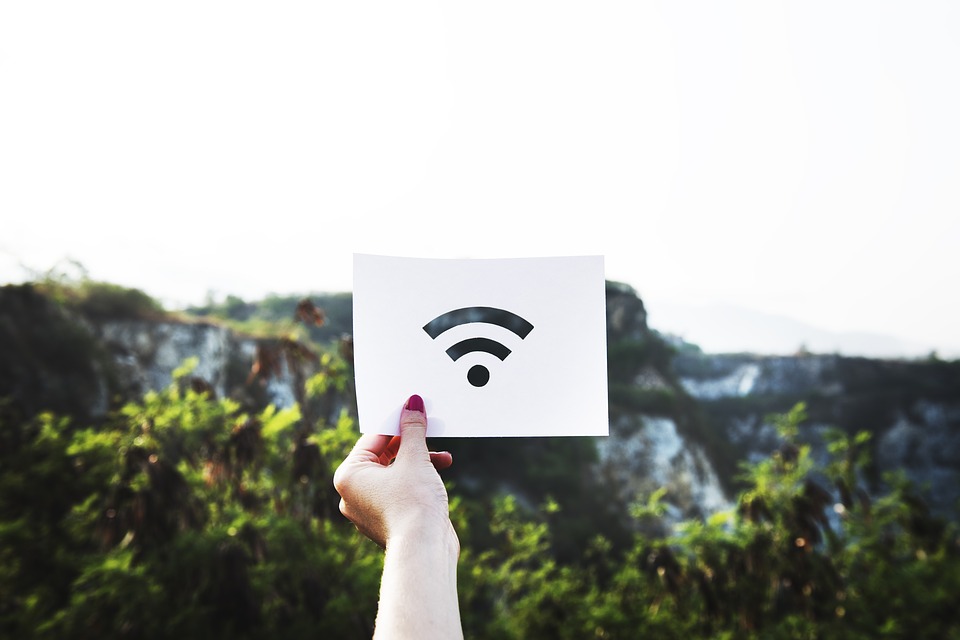The digital age has seen a lot of improvement in terms of hunting equipment. Aside from high-tech weapons, accessories, and gear, the hunting equipment industry has produced more efficient tools to monitor game activity that come in the form of wireless game camera.
Most hunters have difficulty finding a good signal for their trail cameras.
These cameras essentially send photos to your device whenever it is triggered. It functions like a normal trail camera, but you receive the pictures right away instead of having to check the SD card every few weeks.
The wireless and cellular trail cameras are certainly more convenient to use than the traditional trail camera. For one, you save time and money because the pictures are sent to your computer right away. On the down side, these wireless/cellular trail cameras are rendered useless if they don’t have adequate network coverage.
That is the problem we hope to address with this short article: how to get the best coverage for a wireless trail camera.
How to Get the Best Coverage for Wireless Trail Camera
The signal strength of your wireless trail camera will depend on the atmosphere, the location, and probably your network service provider if you’re going to be using a cellular trail camera. Generally, most hunters have trouble in getting a good signal especially when they’re placing trail cameras in mountainous and remote places.
Here are a few methods you can use to boost the signal or coverage of your trail camera. Note that the effectiveness of these solutions will depend on your trail camera, your location, and your provider.
Method 1: Find the best cellular network provider
Be able to receive images instantly with a good carrier.
If you’re using a cellular trail camera, you would have to buy a SIM card (some already come with one) for the device to be able to transmit images to your phone or computer. Not all network providers are the same and their coverage would depend on your trail camera’s location.
Most trail cameras would need about two to three bars to be able to send images and videos to you. Cell network providers like Verizon, AT&T, and Vodafone will probably have different signal strengths depending on where you’re putting your trail camera. You can expect to get a weak signal out in the woods, but some cellular network providers can provide enough bars for your trail camera to work.
What you need to do is select the best cellular network provider for you and your location. Of course, you also have to consider their plans and packages that vary in price and number of photos per month.
Method 2: Attach a booster antenna to your trail camera
Booster antennas can help you get a better signal for your trail camera.
This is probably the best option for you if you absolutely cannot get an adequate signal out in the woods. Booster antennas are basically an accessory for your trail camera that allows the signal strength to increase significantly, depending on the quality and type of antenna.
The recommended booster antenna for trail cameras is the directional antenna. A directional antenna will allow you to find a good signal source even when you’re deep in the woods. Moreover, a booster antenna can be placed at a higher altitude than your trail camera. The antenna will have better chance of finding a good signal up in a tree rather than at level with your trail camera, and signal blockers can be minimized.
Using a booster antenna for your trail camera would also help conserve battery life. Since the trail camera is not constantly using up its energy to find a decent signal, you can expect it to last longer.
Method 3: Make sure your trail camera has a good WiFi signal
A good WiFi signal is a must for wireless trail cameras.
When using wireless trail cameras, which can be connected to WiFi, you need to make sure that the device has adequate signal. This type of trail camera is commonly used for home security purposes, since you can easily hook the camera up with your home WiFi connection.
Bigger properties need to have a wider WiFi range if you want all of your trail cameras to work properly. You can extend your WiFi range with commercially available WiFi boosters and extenders so you won’t have a dead signal. This is necessary if you are using your wireless cameras primarily for home security purposes.
Conclusion
Both cellular and wireless trail cameras depend on signal strength and network coverage. Without a good signal, they won’t be able to send images and videos in real-time. Thus, your product is rendered useless. Hopefully, these methods will help alleviate your problem of a weak signal.
About the Author
Kenneth Asworth is a part-time hunter and a full-time businessman. He has dedicated half of his life to the arts of hunting and bushcraft, with an affinity for hunting down whitetails and mountain lions. Today, he runs several blogs under the hunting niche and lives out his passion through reviewing and selling top quality hunting gear and equipment, including trail cameras. He believes that with great skill in congruency with the right equipment and gear, a hunter will excel in his field. Kenneth Asworth is also a husband and father of two. He also takes on apprentices in his spare time.




